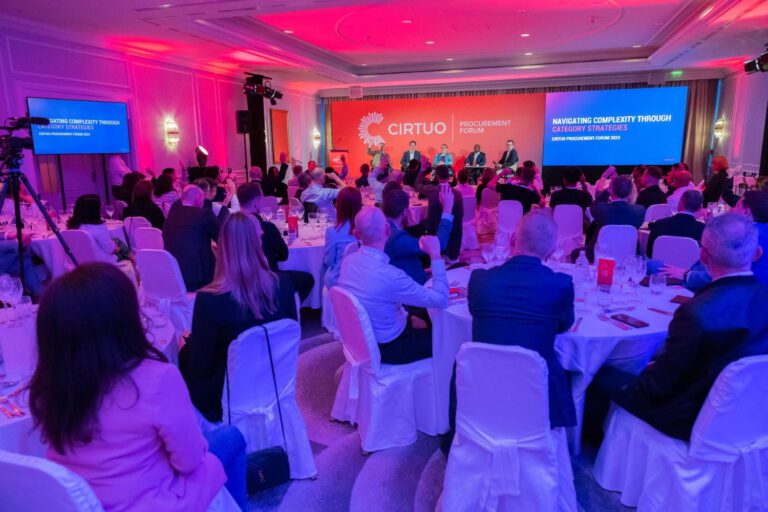This quote is often attributed to famed business management consultant Peter Drucker. And it’s especially relevant here because no matter how good your strategic thinking is, it’s a no-go if people don’t care about it.
So, what to do then? Just think of a strategy that is aimed at culture. It sounds simple enough, but your persistence and dedication will make it work. This issue is why we have included Stakeholder Mapping in our strategic software, Cirtuo.
It’s present in all modules: Category and Supplier Management and Procurement Transformation. Because it’s crucial to know your stakeholders, how your strategy affects them, their concerns, and how you can address them in the most effective way possible .
As far as impact goes, procurement’s foundation for strategy should be the underlying business requirements. But every category or supplier strategy has a business case that starts with a pain point and then turns out to be positive for everyone.
For example, procurement has found an exciting new supplier with innovative packaging of better quality and a lower price. It sounds like a jackpot. Doesn’t it? But upgrading the assembly line for the new packaging to fit is necessary. If your stakeholders were involved through the strategy development and negotiation process, they understand that this adjustment is for the company’s greater good.
Then the two of you can save the company a lot of money, and the end customer will be much happier. Win-win, right? But you’ll probably get resistance if you kept everyone in the dark, except for an e-mail or two, and didn’t build the cooperative bridge. And then it’s lose-lose.
To prevent such a situation, systematically tracking what your stakeholders care about is great. And it’s effortless by using the RAQSCI model. Some will favor quality, cost, and innovation, but knowing what you can expect from everyone is good. Also, it’s advantageous to write down whether the person is neutral and whether they have some or a lot of concerns regarding strategy implementation. Some people will probably feel a little weary about writing down concerns, but it’s essential to leave emotions out of it. Simply write objectively what you can help your stakeholders with. And in Cirtuo, you’ll also get recommended actions that you can take to alleviate those concerns.
Stakeholder mapping is a dynamic model. I can’t tell you how often I have witnessed situations where the procurement team has told me, “the stakeholders are impossible to mobilize.” As if we’re talking about a car that wouldn’t start, not people.
But in almost all those cases, whenever we analyzed the situations deeper, it turned out that sentence was a broad generalization. People usually listen when you want to include people in strategic activity, show them data-driven analysis, or talk about a category worth hundreds of millions of dollars.
When you include a stage-gate process that continuously validates strategies and implementation with internal clients, that is something that can form a healthy habit for the future. It’s that simple. But to include that behavior in your everyday life, it’s good to have that data in one place, reminding you to go a step further constantly.
That cooperative step can also positively affect overall job satisfaction because it’s a massive difference whether you view stakeholders as natural partners instead of occasional rivals.
Certain things are the same in business as they are in life. For example, would you rather ride a bike with a person who talks about themselves all the time or with someone who cares about what you have to say?





